
The demise of the largest and oldest African baobabs ($)
Plant Science Research WeeklyPatrut et al. report that 8 of the 13 oldest and 5 of the 6 largest African Baobab (Adansonia digitata L.) trees, known for their enormous size and great longevity, have died (or at least their largest and/or oldest parts/stems have collapsed and died). Included in the dead are Panke, the oldest Baobab…

Alternative Splicing Plays a Major Role in Plant Response to Cold Temperatures
The Plant Cell, The Plant Cell: In BriefPlants in temperate regions experience near-freezing temperatures that allow them to develop a cold response prior to freezing. This cold acclimation process involves changes to chromatin structure, transcription, RNA processing, translation, post-translational modifications and protein stability. Genome-wide…

Regulatory Divergence in the Stress Response of Tomato
The Plant Cell, The Plant Cell: In BriefHumans have domesticated crops for thousand of years by artificially selecting plants for numerous traits including morphology, lower toxicity or higher yield. As a result, plant domestication often altered plant fitness and resistance to stress under controlled conditions (Meyer & Purugganan 2013).…
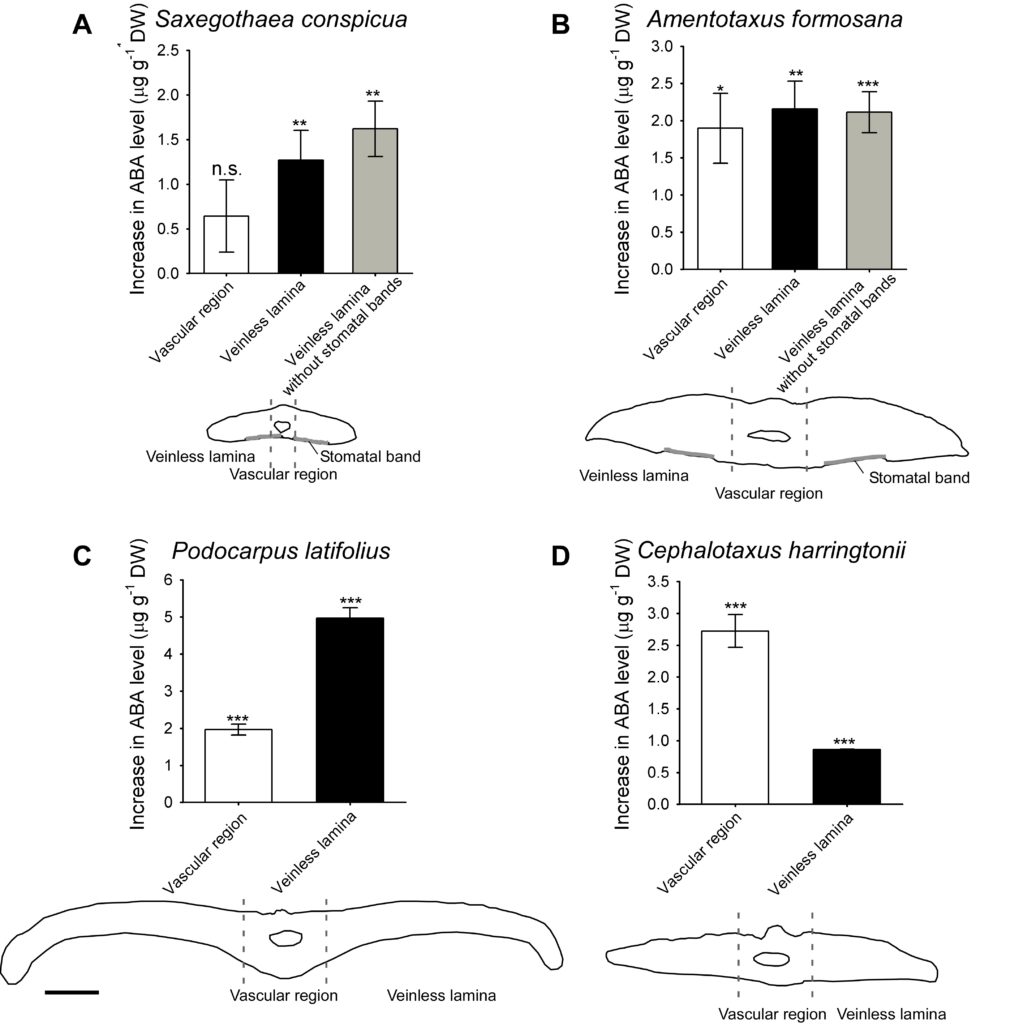
ABA Biosynthesis Occurs in the Mesophyll
Plant Physiology, Plant Physiology: On The InsideThe plant hormone abscisic acid (ABA) plays a critical role in enhancing plant survival during water deficit. While there is no doubt that ABA is a carotenoid derivative and that carotenoid cleavage occurs in the chloroplast, uncertainty remains about which tissues are responsible for synthesizing ABA.…
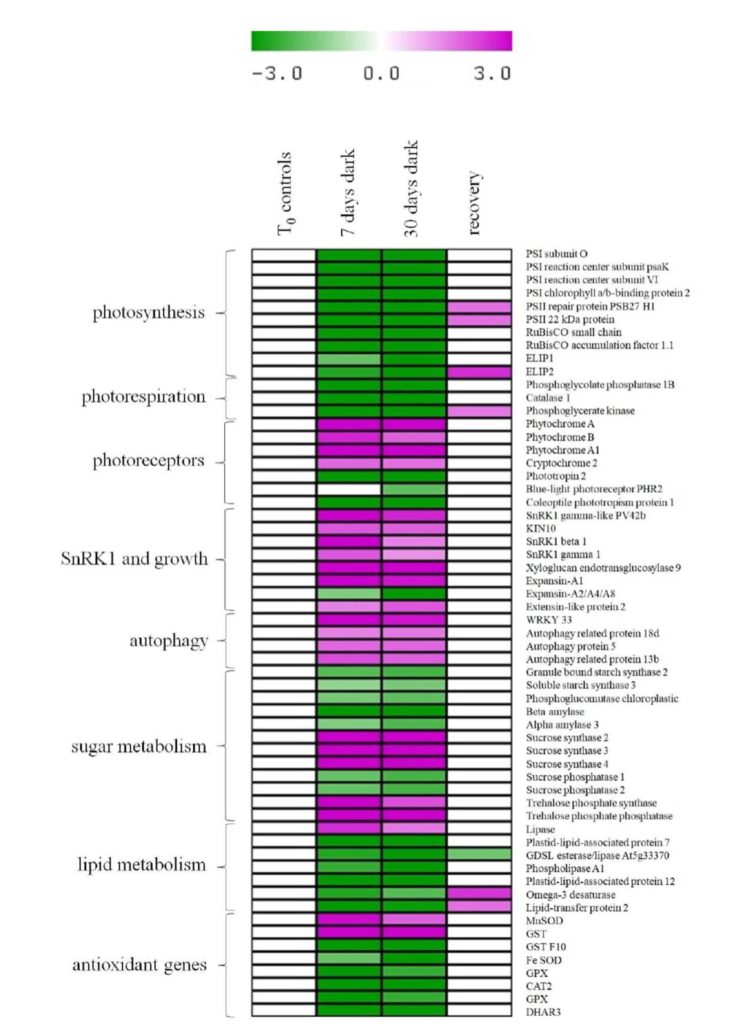
How Does a Plant Tolerate Prolonged Darkness?
Plant Physiology, Plant Physiology: On The InsideThe exposure of plants to prolonged darkness leads to the exhaustion of starch reserves and carbon and energy starvation. In such cases, plants must use alternative nutrient and energy sources to survive. Autophagy is an important mechanism that breaks down proteins and lipids and thereby provides the…
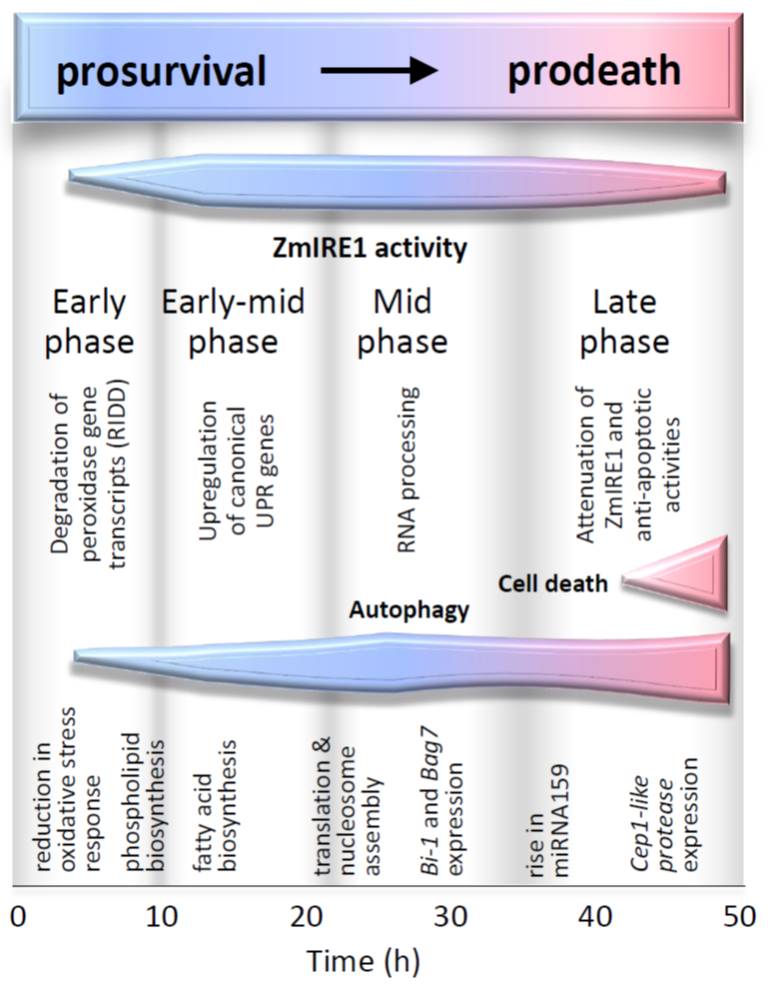
Response to persistent ER stress in plants (Plant Cell)
Plant Science Research WeeklyA key question in plant stress physiology is how the plant perceives stress in order to mitigate its effects. Heat (and other) stress can lead to an accumulation of unfolded or misfolded proteins in the endoplasmic reticulum, which initiates the Unfolded Protein Response (UPR), leading to a change in…

Antagonistic action of ABA and cytokinin signaling mediates drought stress response in Arabidopsis ($) (Mol Plant)
Plant Science Research WeeklyDrought stress results in a conglomeration of hormone pathways that interact to coordinate plant growth and stress response. ABA and cytokinin signaling are known to be antagonistic but it is unclear how these two pathways are connected. Huang et al. identified roles for several ARR proteins, negative…
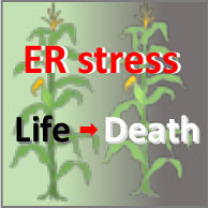
Plant scientists use big data to map stress responses in corn
Blog, The Plant Cell, The Plant Cell: NewsIowa State University
AMES, Iowa – Plant scientists at Iowa State University have completed a new study that describes the genetic pathways at work when corn plants respond to stress brought on by heat, a step that could lead to crops better capable of withstanding stress.
The findings, published…
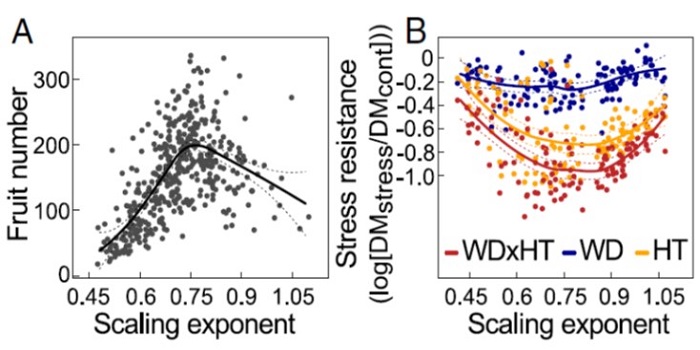
Adaptive diversification of growth allometry in Arabidopsis thaliana (PNAS)
Plant Science Research WeeklyMost students learn that metabolism does not increase at the same rate as an animal’s size – an elephant eats much less per unit of body mouse than a mouse does. This non-linear scaling, described through metabolic scaling theory, also occurs in plants – the growth rate of large plants is relatively…

